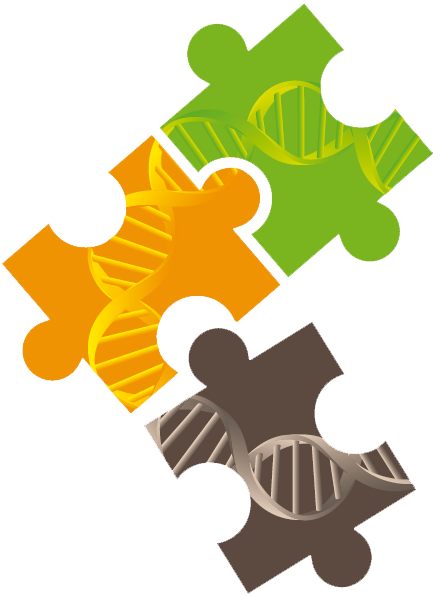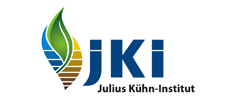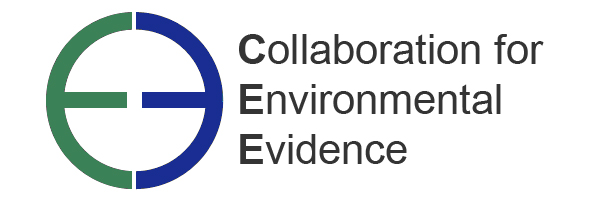GRACE - GMO Risk Assessment and Communication of Evidence

The main programme activities of the GRACE project have been designed to:
- a) elaborate and implement systematic, transparent and inclusive reviews of existing evidence of potential health, environmental, and socio-economic impacts (risks and benefits) of GM plants (GMPs) or food and feed derived from GMPs, and;
- b) consider the design, execution and interpretation of results of animal feeding trials as well as in vitro studies for assessing the safety of GM food and feed.
GRACE is committed to giving high priority to consulting professional users (mainly GMO risk assessors and risk managers, policy-makers) and a broad range of stakeholders throughout the entire project. Their input will influence the design, content and output of the reviews and central access point. This networking and consultation on both the process and the outputs of the project with the scientific community, users and stakeholders as well as the broader public will be achieved by a range of different approaches, of which the current stakeholder consultation is the first concerning the central access point.
GRACE is actively seeking interested stakeholders with a high degree of work-related experience in using relevant online informatic tools in support of the risk assessment and/or risk management of GMPs. A small number of the identified professional users and stakeholders will be invited to form a Feedback Group, to be consulted via video conference, during the development of the GRACE central access point to ensure its eventual relevance to the wider biosafety community and interested members of the public.

 PreSto ERA-Net
and
PreSto ERA-Net
and
 G-TwYST
G-TwYST



